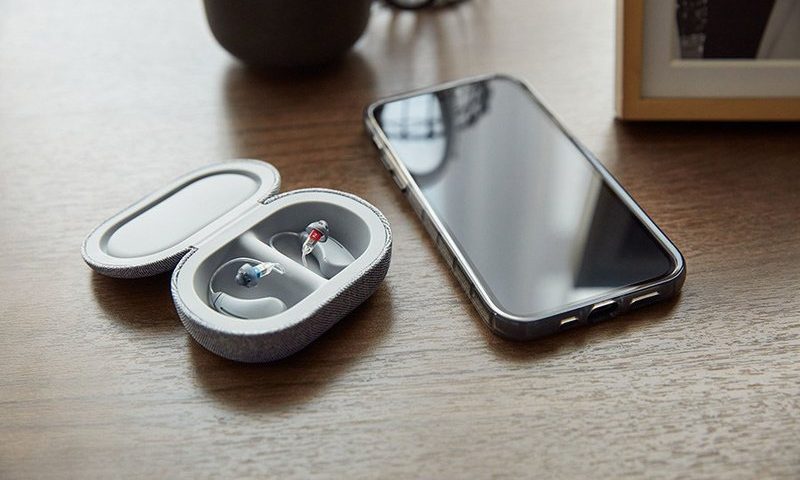After showing that all types of consumer electronics companies have what it takes to navigate the FDA and enter the medtech market, Bose is officially introducing its long-awaited hearing aid.
The speaker-monger made an early splash with its groundbreaking de novo clearance from the agency in 2018—less than a month after Apple first unveiled its FDA-cleared ECG smartwatch.
Bose’s direct-to-consumer hearing aid is designed to allow users to fit, program and control it on their own, without the typical clinic visits and setups guided by healthcare providers.
Though it carries a full green light from the FDA, Bose’s device is not technically classified as an “over-the-counter” hearing aid, or one allowed to be purchased just anywhere. That would require the agency to set up a new regulatory category that’s been in the works since 2017, when Congress directed the FDA to do so.
And though the devices may lack premium features, such as the Bluetooth phone streaming seen in other devices, analysts at Bernstein said the lower price point and initial rollout show that Bose is committed to breaking into the healthcare market.
“With OTC legislation expected at some point soon, they could be a major player in pushing that category given their brand reputation and penetration of consumer electronic channels,” they wrote.
The company plans to sell its hearing aids straight to consumers where it can. It will start later this month in Massachusetts, Montana, North Carolina, South Carolina and Texas before expanding nationwide—though other states’ laws may require in-person sales by a licensed hearing aid dispenser.
The SoundControl device is priced at $850—far less than other hearing aids, which regularly range in the thousands of dollars—and comes with the typical trimmings that accompany consumer electronics, such as a 90-day, risk-free trial.
It also pairs wirelessly with Bose’s smartphone app. People with mild to moderate hearing loss can use the app to adjust the device’s settings without prescriptions or hearing tests, using an at-home setup process that the company says takes less than an hour.
In addition, the app offers complimentary, one-on-one video appointments with Bose staff for assistance. It does not, however, enable direct streaming of music or calls from a connected smartphone.
And while not the same as Bose’s line of noise-canceling headphones, the behind-the-ear, non-rechargeable hearing aids are designed to help people focus on specific sounds.
The devices include settings to amplify just the person talking in front of the wearer in a noisy outdoor environment, for example, and presets for opening up the hearing aids to hear quieter sounds from all directions while indoors.

